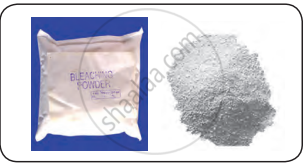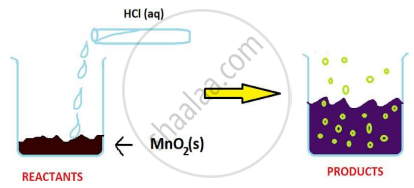Calcium hypochlorite, with the chemical formula Ca(ClO)₂ or Ca(OCl)₂, is an inorganic compound commonly known as bleaching powder or calcium oxychloride. It is a white solid, though commercial samples often appear yellow, with a strong chlorine odour due to its slow decomposition in moist air. This compound is relatively stable in both solid and solution forms and provides a higher chlorine content compared to sodium hypochlorite. Pure calcium hypochlorite contains about 99.2% active chlorine, while industrial-grade samples typically have 65-70% active chlorine. It is widely used for water treatment and as a bleaching agent.
Bleaching powder gets its property because of this release of chlorine gas.
CaOCl₂ + CO₂ → CaCO₃ + Cl₂↑
Bleaching powder is obtained by the reaction of chlorine gas with slaked lime.
Ca(OH)₂ + Cl₂ → CaOCl₂ + H₂O


